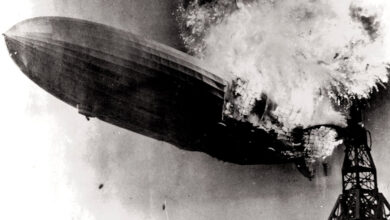Podcast: Play in new window | Download
Passenger cruises have a rich and fascinating history, dating back to the early 19th century. Over the years, cruise ships have evolved from simple vessels transporting passengers and cargo to luxurious floating resorts, offering a range of amenities and activities.
The first passenger cruise ship, the paddle steamer Savannah, set sail from the United States in 1819. The ship travelled from Savannah, Georgia, to Liverpool, England, in a journey that took 29 days. However, it was not until the 1830s that regular passenger cruises began to emerge, with ships travelling to destinations such as the Caribbean and Europe.
In the late 19th and early 20th centuries, passenger cruises became more popular, particularly among wealthy travellers. Companies like Cunard Line and White Star Line began offering transatlantic voyages on large, luxurious ships such as the RMS Titanic, which famously sank in 1912. These ships were often equipped with grand dining halls, ballrooms, and other amenities, providing passengers with a luxurious and sophisticated travel experience.
After World War II, passenger cruises experienced a decline in popularity, as air travel became more accessible and affordable. However, in the 1960s, a new era of cruising began, with the introduction of large, modern cruise ships. The first of these was the SS France, launched by the French Line in 1961. These ships were designed to offer passengers a wide range of activities and entertainment options, from swimming pools and casinos to theatres and nightclubs.
The 1970s saw the rise of the “Love Boat” era, with the popular television show inspiring a new generation of travellers to take to the seas. Cruise ships began to focus more on entertainment and leisure activities, with amenities like spas, fitness centres, and water parks becoming increasingly common.
Today, the cruise industry is a global phenomenon, with millions of people taking cruises each year. Cruise ships have become larger and more extravagant, with many ships featuring multiple restaurants, theatres, casinos, and even ice skating rinks. The industry has also become more diverse, with cruises to destinations all around the world, from Alaska and the Caribbean to Asia and Australia.
In recent years, the cruise industry has faced some challenges, including concerns about safety and the environment. However, cruise lines have responded by introducing new technologies and initiatives to reduce their environmental impact, such as installing cleaner engines and reducing single-use plastics.
The history of passenger cruises is a rich and fascinating one, with the industry evolving from simple vessels transporting passengers to luxurious floating resorts. From the early days of transatlantic travel to the modern-day cruise industry, cruising has always been about offering passengers a unique and unforgettable travel experience. As the industry continues to evolve, it is clear that passenger cruises will remain a popular and enduring form of travel for many years to come.
Credits
Photo: Royal Princess. Photo by: Alonso Reyes on Unsplash
Podcast: Play in new window | Download





